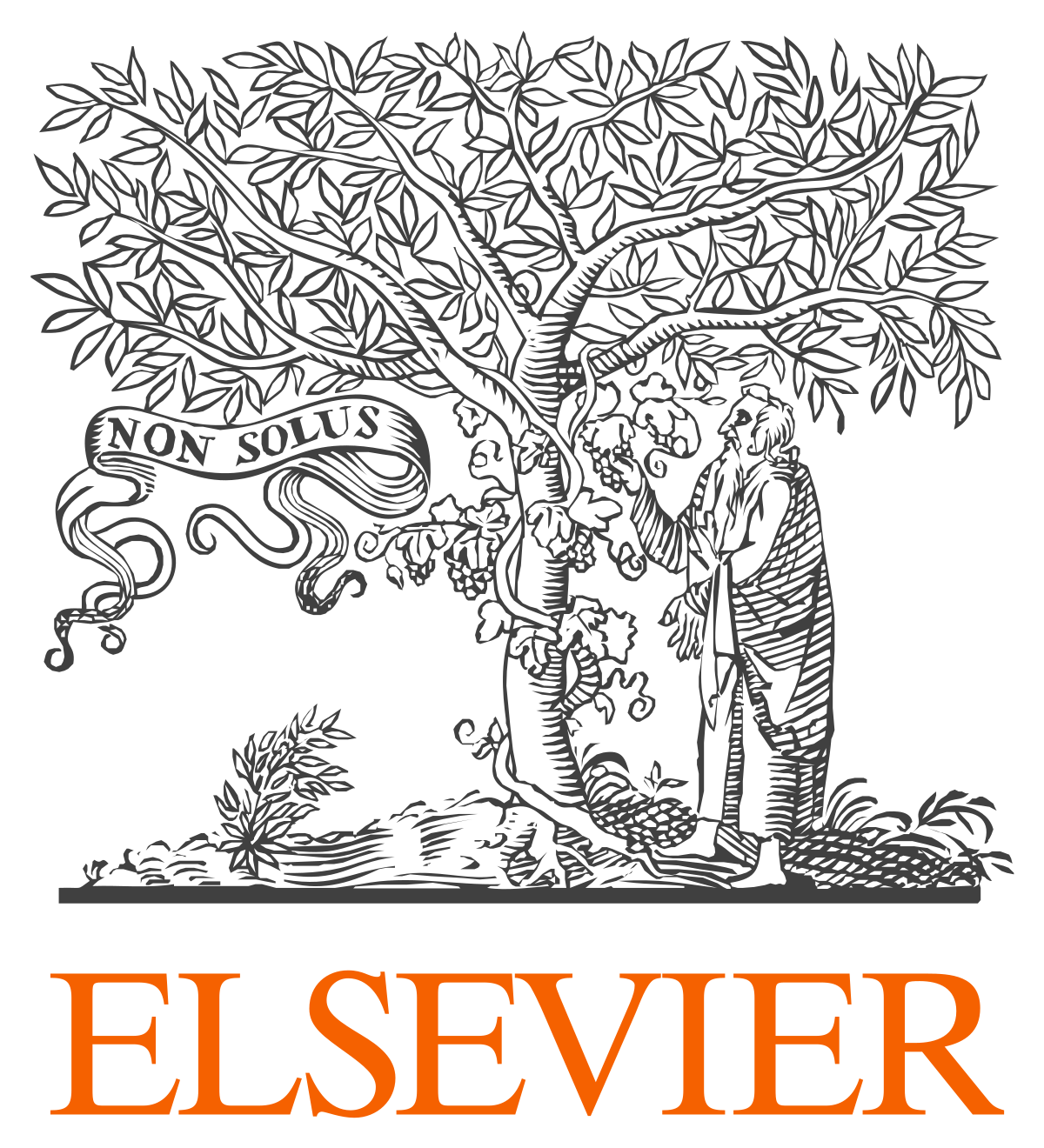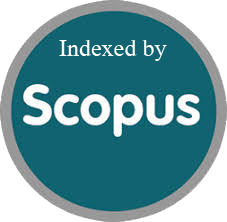Arabic Creative and Participative Learning: In Search of a New Way of Language Learning by “El Jidal Reborn” Youth Community in Malang
Abstract
The development of language skills and competencies of students experiencing various obstacles originates from the precise nature of learning. The need for developing language skills among students is inevitable, as is the need for Arabic, in the millennial era, in line with the integration of students into global communication and knowledge networks. Arabic has also become a source of knowledge in addition to other languages. The Language community in the millennial era cannot be seen as a meaningless community because its existence is an alternative way out in developing language skills that prioritize active, cooperative, and collaborative learning activities using participatory approaches. This paper shows that the development of community-based language skills has had implications for the success of language learning, as a counterpart to formal and standard language learning practices. As shown in this paper, the existence of a language community is a transformation of the learning process that is informal by providing facilities for students to carry out the process of learning, training, and mentoring that promotes active learning models, cooperative-collaborative, participatory in a language community. This paper suggests the need for a model for developing language skills through communities by formulating learning models based on collaborative achievement development, in response to individualistic language learning traditions.




